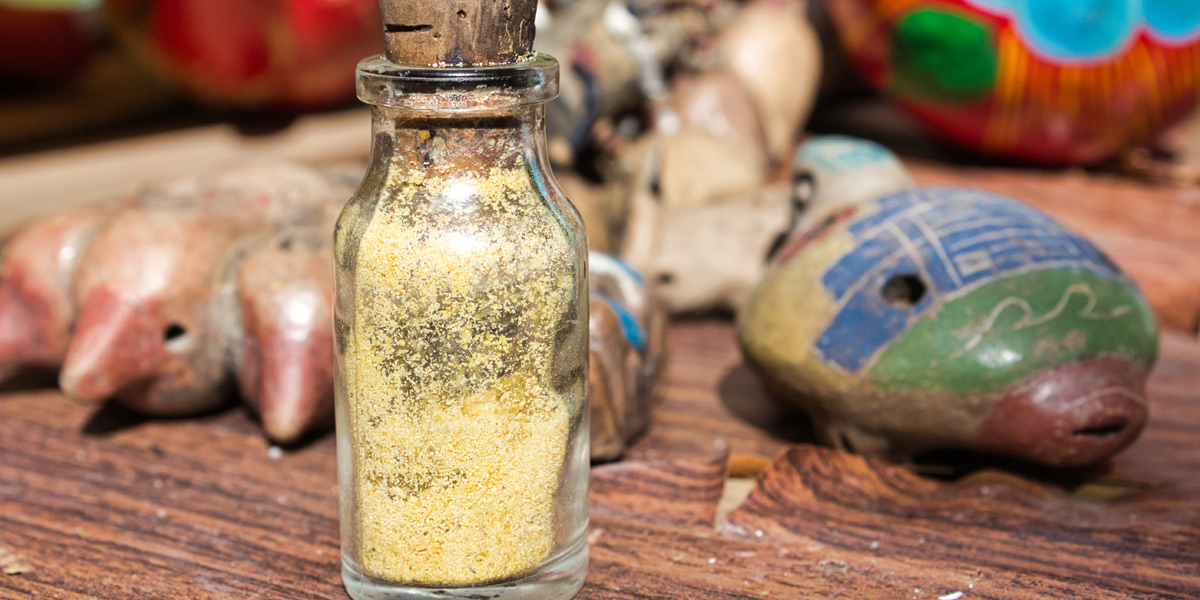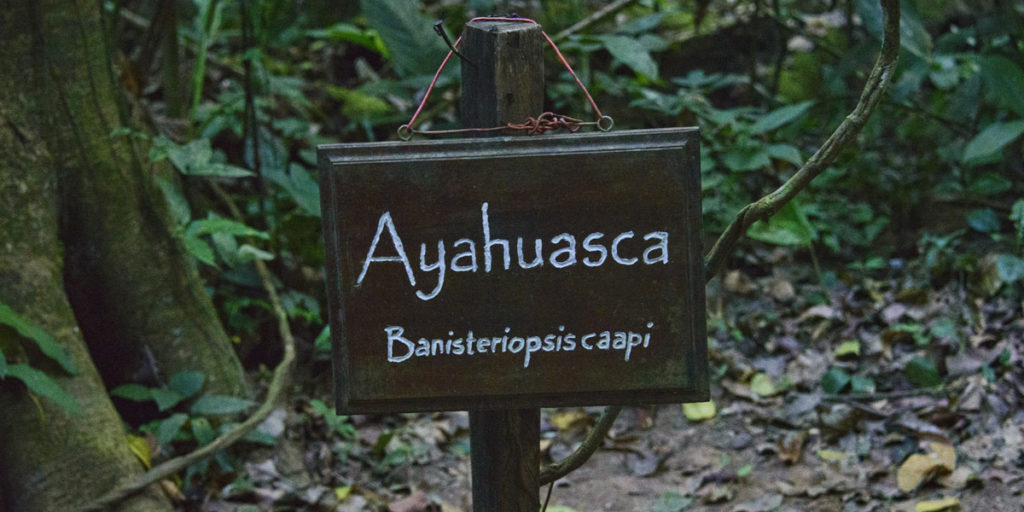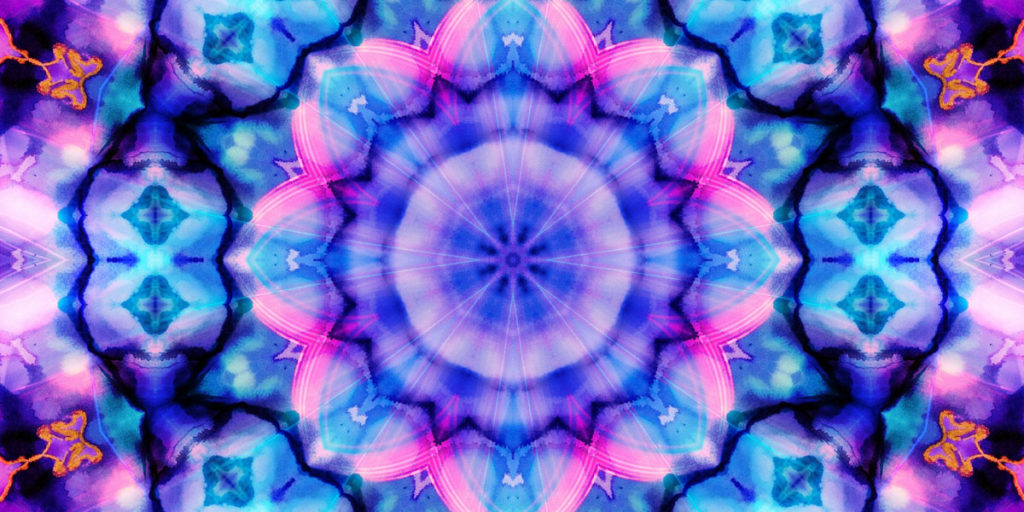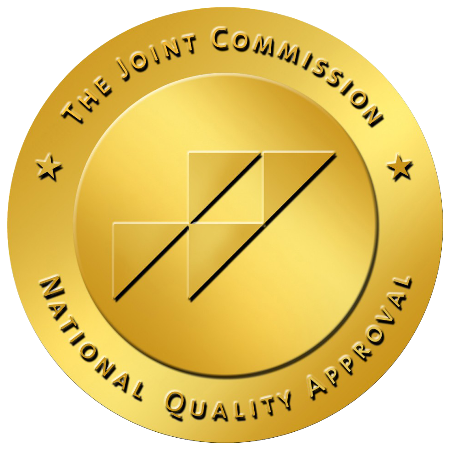Everything You Need to Know about DMT

History of DMT, the Spirit Molecule
Indigenous shamans used the bark of the Banisteriopsis caapi vine and the leaves of the Psychotria viridis bush to make ayahuasca, also known as hoasca, aya, or yage, a traditional psychoactive Amazonian brew. Supplying the mind-altering properties of the drink is dimethyltryptamine, DMT, found in the plants that the shamans used for magical experiences, healing, spirit communications, and religious rituals across South American countries.
In 1946, microbiologist Oswaldo Goncalves de Lima first discovered the natural occurrence of dimethyltryptamine in plants. However, its hallucinogenic effects weren’t identified until 1956, when a Hungarian chemist and psychiatrist, Stephen Szara, extracted dimethyltryptamine from the Mimosa hostilis plant and injected it into himself. This series of events shaped the relationship between scientific research, the historical use of DMT as a culturally sacred ritual, its effects, and the chemical makeup of dimethyltryptamine.
What Is DMT?
N, N-Dimethyltryptamine (DMT) is an endogenous hallucinogen, a naturally occurring substance found in animals and various plants. However, dimethyltryptamine can also be produced synthetically in a laboratory.
For centuries in South America, dimethyltryptamine found in ayahuasca has been used in religious ceremonies and as a medicine. Western society gained interest in its psychoactive effects and its recognized mystical experience, leading to an increased popularity in North America and Europe.
Recently, DMT use in the United States has increased, with users endorsing its episodic visual hallucination as therapeutic. However, amongst other adverse side effects, severe mental health problems can occur.

DMT Street Names
DMT has various slang terms, including:
- Dimitri
- Businessman’s trip
- Businessman’s special
- Fantasia
Is DMT an Illegal Drug?
DMT is not legal. It is a Schedule I drug of the Controlled Substance Act, defined as a drug with a high potential for abuse and no approved medical use in the United States.
Medical researchers can utilize dimethyltryptamine under approval from both the Food and Drug Administration (FDA) and the Drug Enforcement Administration (DEA) under a Schedule I research registration.
What Does DMT Look Like?
DMT is a colorless white powder found in several plants and extracted or produced synthetically in a lab. However, impure DMT powder can have a wide range of colors.
How Is It Used?
DMT is typically smoked or made into a hallucinogenic tea called ayahuasca, though the powder is also sometimes snorted or injected.
Smoked DMT effects are incredibly intense and rapid, resembling needle administration, but the effects do not last long. The effects of injecting DMT peak at approximately 5 minutes but usually resolve themselves within 30 to 45 minutes, though the effects from smoking last significantly less than 30 minutes.

DMT Experience and Effects
DMT is used for its hallucinogenic effects, especially at high doses, producing depersonalization or what is often compared to a dreamlike state or an altered sense of consciousness similar to the effects of psilocybin (magic mushrooms), mescaline, or LSD.
The effects of DMT are primarily psychological, consisting of visual illusions and hallucinations, body image distortion, speech disruptions, mood changes, including euphoria and anxiety, dependent on the environment and surroundings.
Individuals that use hallucinogenic drugs refer to the psychedelic experience as a “trip.” Adverse or unpleasant experiences are called “bad trips” that can include terrifying thoughts, despair, and fear of insanity, losing control, or death.
The National Institute of Health (NIH) informs of the likelihood of DMT’s psychological effects, like most psychedelic drugs, being the most dangerous, putting the user or others in physical harm. These adverse effects include:
- Intense fear and paranoia
- Anxiety
- Grief
- Depression
Physical side effects include:
- Increased heart rate
- Elevated blood pressure
- Dizziness
- Agitation
- Dilated pupils
- Involuntary rapid rhythmic movement of the eyes
- Lack of muscle control
Near-Death Experiences (NDE)
There is a great deal of discussion about DMT in naturally occurring altered states of consciousness, such as dreams, creativity, imagination, psychosis, religious and spiritual phenomena, and near-death experiences.
Near-death experiences are complex and subjective experiences connected to most psychedelic experiences but more explicitly experienced on a DMT trip. Ayahuasca, the dimethyltryptamine-containing plant typically brewed into tea, has also been associated with experiences of death and dying. The literal translation of ayahuasca is ‘the vine of the dead’ or ‘the vine of the soul.’
Commonly described symptoms of a near-death experience include a feeling of transcending your body and entering an alternate “realm,” hearing acoustic sounds of a high-pitched whirling, communicating with other entities, and reflections on death and the afterlife.

Risks
The National Institute on Drug Abuse (NIDA) warns of two long-term effects associated with DMT and all hallucinogens:
- Persistent Psychosis – a succession of persisting mental problems including paranoia, mood changes, disorganized thinking, and visual disturbances
- Hallucinogen Persisting Perception Disorder (HPPD) – often referred to as “flashbacks,” recurrences of particular drug experiences such as a hallucination or other visual disturbance randomly occurring without warning and may occur years after drug use
How to Get Help for DMT Abuse
Although there are several claims that DMT is not addictive, overall, its effects can be desirable, affecting the brain’s serotonin receptors, indicating a high abuse probability.
DMT addiction treatment is available. If you believe you or someone you love is struggling with using hallucinogens like DMT, the best thing you can do is ask for help. Northridge Addiction Treatment Center can help you live a life free from addictions and substance use disorders.
At NATC, we offer individualized treatment plans catered to your needs during and after care. We understand every person and situation is unique and deserves compassionate, personalized attention. Reach out today to find out more about our expert staff and successful treatment plans and therapies.
Find Meaningful Recovery
Our caring and compassionate specialists are eager to help you comfortably navigate this journey to recovery. Our individualized treatment plan, programs, and therapies may be a perfect match for you or your loved one. Let us assist you in living the happy life you deserve. It starts with a phone call.




